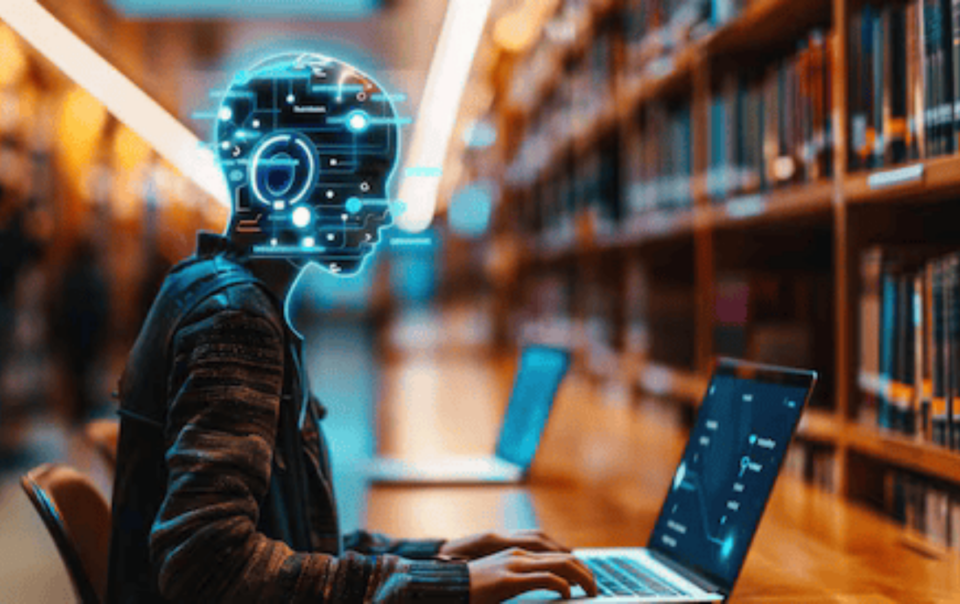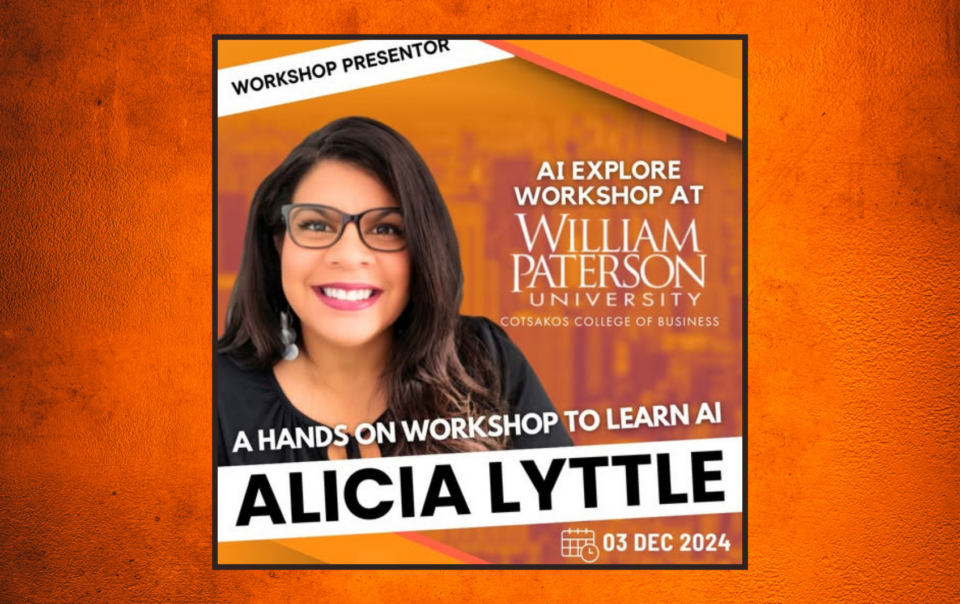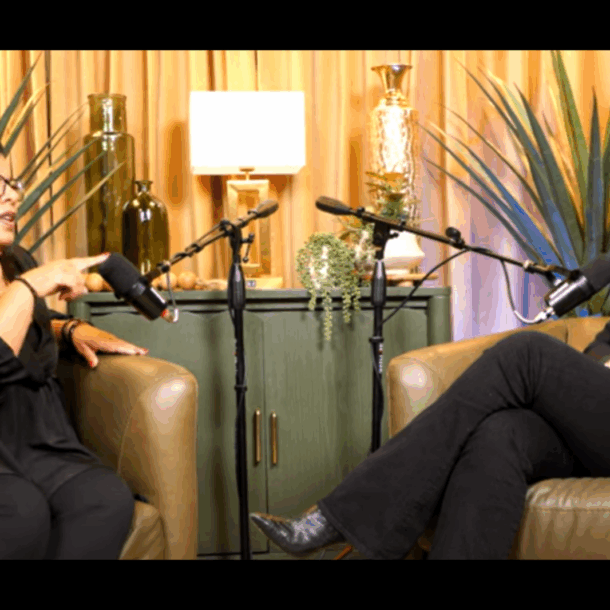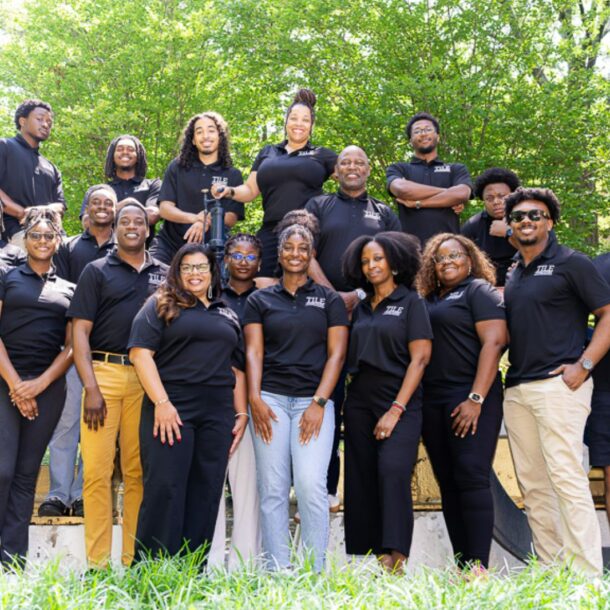
Grab Alicia’s free E-book: “ChatGPT Made Easy A Beginner’s Fast-Track Guide to Mastering ChatGPT.” Click Here!
AILP³’s Bold Approach to AI Education for High School Students
How 42 teens, 4 tools, and 1 powerful workshop revealed the future of AI—and why it starts with access, creativity, and confidence.
There’s something electric about watching a room full of high school students discover their voice through technology.
Earlier this month, I had the honor of leading a hands-on AI workshop at Georgia State University. We welcomed 42 students from across Atlanta as part of AILP³—the AI Literacy Pipeline to Prosperity Project, a powerful collaboration between Georgia State University’s Robinson College of Business and Operation HOPE.
Their mission? To close the opportunity gap by making AI education for high school students more accessible, ethical, and empowering.
As CEO and Co-Founder of AI InnoVision, this kind of impact-driven work is close to my heart—and it was an incredible experience to be in the room alongside my team, watching it unfold in real time.
A Workshop Designed to Engage, Not Intimidate
The session I led—“How I AI”—was built for one purpose: to help students see that AI isn’t just for tech experts. It’s a tool they can use right now to create, express themselves, and build their ideas.
From the start, I kept things interactive and hands-on. No heavy theory. Just practical tools, personal expression, and room to experiment.
Alongside me were two amazing members of my AI InnoVision team:
- Reginald Hameth, Director of Business Development, who helped students connect AI to branding, entrepreneurship, and real-world use cases
- Denise Smith, Director of Innovation, who guided students through creative exercises and ethical discussions, keeping the tech accessible and fun
Together, we created a space where curiosity led the way, and the results were inspiring.
Tools That Turned Curiosity into Confidence
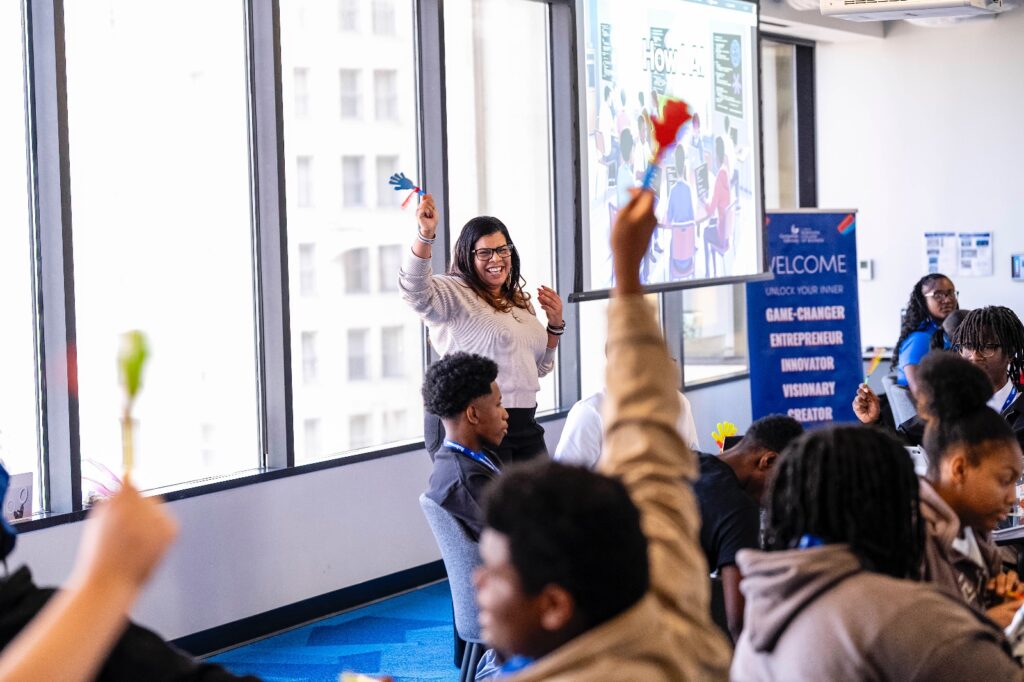
In a room full of first-time AI learners, every raised hand marked a breakthrough—because access creates confidence, and confidence changes everything.
We kicked things off with Google’s QuickDraw experiment, a fun way to demonstrate how AI learns patterns by trying to guess what you’re drawing. Within minutes, the students were engaged—laughing, experimenting, and asking questions like, “How does it know what I’m sketching?”
From there, we moved into ChatGPT—but I didn’t just show them how to use it. I asked them to teach it to write in their own voice. The results?
Poems, pep talks, song lyrics, and stories that felt completely unique to them. That’s when it clicked: AI isn’t about replacing your ideas—it’s about amplifying them.
Then we explored visual creativity with:
- DeepDream Generator for AI-powered art
- Hedra for short-form video creation
Students created a wide range of projects, from sneaker-inspired collages to anime advocacy videos. And when they got up to present their work? The confidence and creativity they brought to the front of the room were next-level.
That’s the kind of growth that AI education for high school students should unlock.
What We Observed—and Why It Stuck With Me
This wasn’t just another tech demo. It was a student-led transformation in real time.
Here’s what stood out:
- Students with no prior AI experience were building projects within the first hour
- They asked deep, meaningful questions about fairness, data ethics, and creative control
- Collaboration happened organically—one student would crack a prompt and then teach the next
- Every project had personality and purpose
Watching Reginald and Denise circulate through the room—coaching, encouraging, and helping students build momentum—was a reminder that AI confidence comes from real-time support and freedom to explore.
Why Hands-On Learning Works
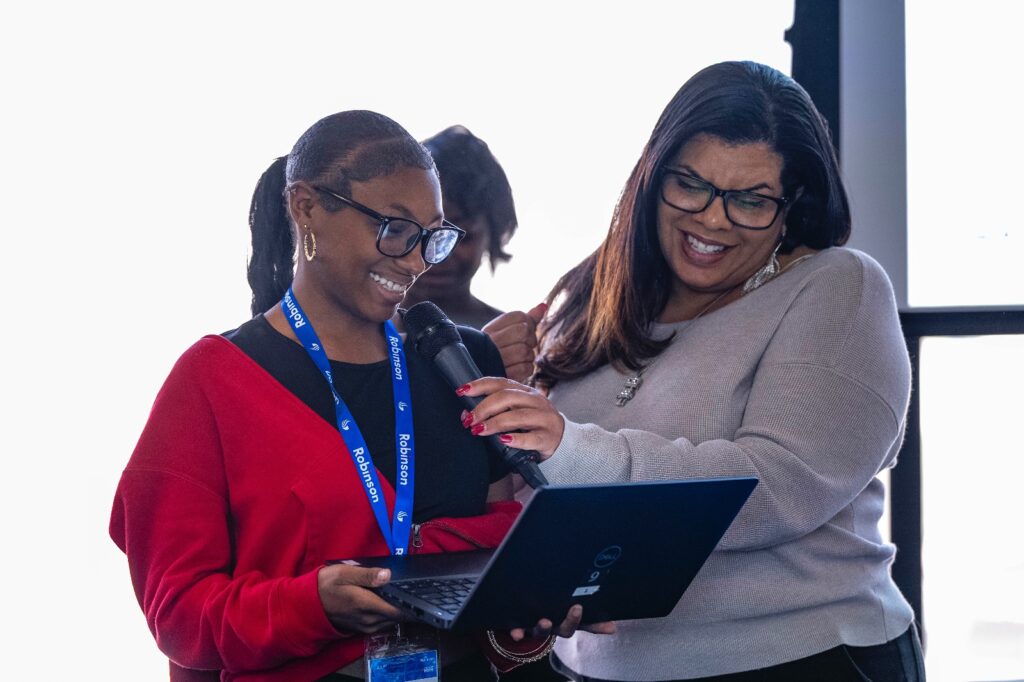
Guided by support, driven by curiosity—this moment captured what happens when students realize AI isn’t beyond them, it’s for them.
Even if you’re not a student, there’s something powerful about learning through experience. In this workshop, we didn’t talk about AI. We built with it. We asked questions, tested ideas, and turned curiosity into action.
Here’s what you can take away from that—whether you’re running a business, launching a brand, or exploring AI for the first time:
- Start where it feels natural. QuickDraw and ChatGPT are approachable and fun—they get you thinking without overwhelm.
- Use your own voice. When students taught AI to write like them, the process became personal, and that made all the difference.
- Build in public. Students presented their work before it was perfect, and that confidence boost is something we can all learn from.
- Creativity breaks down barriers. Not everyone wants to code, but everyone wants to create. Let that be your starting point.
This is the same mindset I bring into my trainings for entrepreneurs and creators: Play, explore, and learn as you go.
Why AI Education for High School Students Can’t Be Optional Anymore
We’re already living in an AI-influenced world. But access to AI education isn’t always equitable, and that’s a problem we can solve.
Programs like AILP³ demonstrate that when we provide students with access to tools and the freedom to explore, something powerful happens. They stop seeing AI as someone else’s world and start seeing it as their own.
And that matters. Because AI education for high school students isn’t just about preparing them for the future—it’s about helping them realize they belong in it.
We need more programs like this. More hands-on learning. More safe spaces for experimentation. Because this next generation? They’re ready.
What This Experience Reinforced for Me
I’ve taught AI in all kinds of rooms—but this group reminded me what’s possible when we stop overcomplicating the conversation and just invite more people in.
These students didn’t wait to be told what to do. They built, shared, and owned their ideas from start to finish. And the energy they brought into the room? I want more of that everywhere—schools, businesses, boardrooms, online courses.
As CEO of AI InnoVision, I was proud to help bring this day to life alongside our partners at Georgia State and Operation HOPE. It showed me—again—that when we make AI practical, creative, and people-first, everything changes.
If you’ve been watching the AI space from the sidelines, here’s your sign:
You don’t have to know everything to get started.
You just need to take the first step.
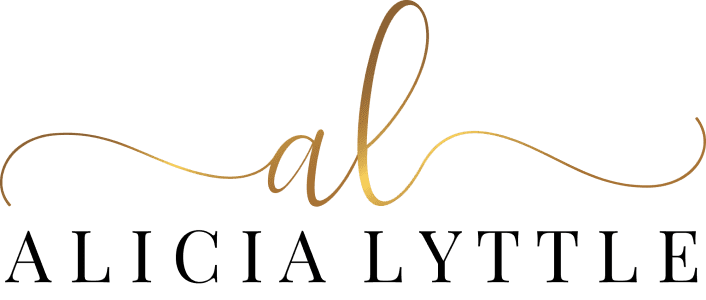
Contact Info
- 1150 Malabar Rd SE STE 111 #205 Palm Bay, Florida 32907
- (903) 437-7195
- [email protected]
